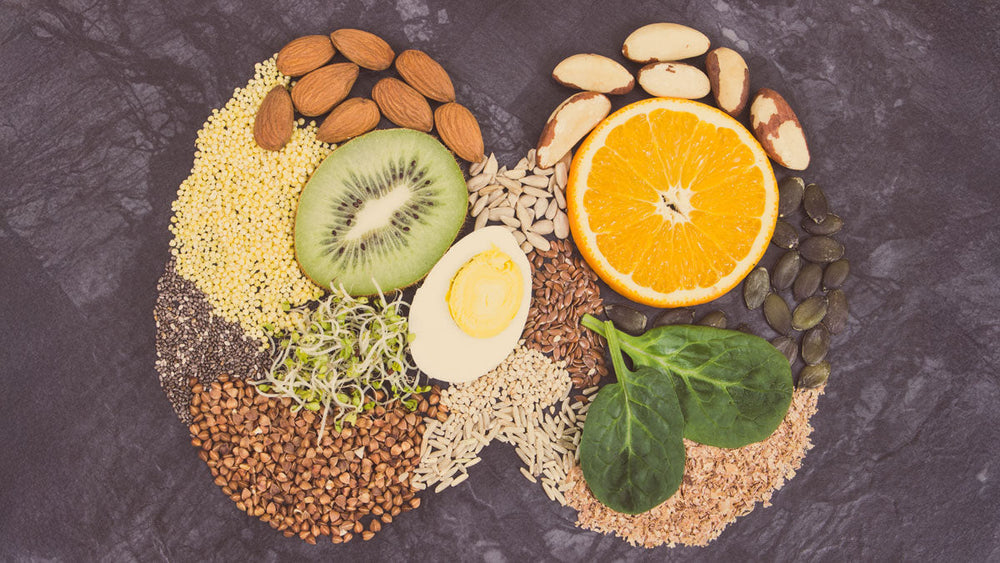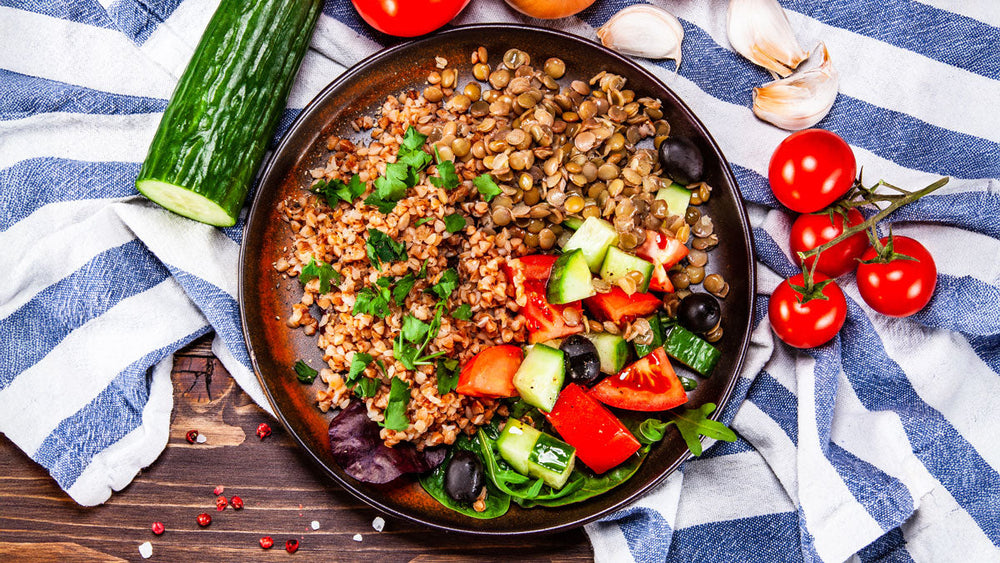If you have an issue with your GI tract…Listen up.
And by issue, I am talking about acid reflux, GERD, IBS, Inflammatory Bowel Disease (IBD) and everything else that can impact your small intestine since that is where your calcium starts its journey in the body. In the small intestine, calcium is taken through the blood to your bones and other tissues but if there are issues preventing calcium from being utilized effectively, there can be some potentially serious complications.
One of these serious complications includes the development of osteoporosis.
Here’s the thing with osteoporosis- it’s not just something that happens to elderly people. Osteoporosis is when your body is unable to keep up with the creation of new bone tissue to compensate for the loss of old bone tissue. When the bones become weakened, they are at a higher risk of fracture. Most fractures with osteoporosis include the hips, wrists, or spine.
There have long been discussions of the role of proton pump inhibitors (PPIs) and calcium absorption in reflux and GERD sufferers, which has led to further investigation of the role of PPI therapy and osteoporotic fracture risk (Curr Gastroenterol Rep, 2012). For IBS sufferers, an increased risk of osteoporosis has been well documented when compared to those who do not suffer from IBS (J Clin Med, 2021). And this is consistent in individuals with IBD, with additional investigative studies showing that the dietary intake of calcium is also low in these groups when compared to healthy individuals. One study discussed that the inadequate calcium intake was mainly a result of dietary restriction due to self-reported lactose intolerance (J Crohns Colitis, 2014).
Lactose intolerance should never be a limitation to consuming adequate calcium. There are many non-dairy sources of calcium to fit into your daily nutrition routine. Here are some examples of calcium sources from non-dairy foods and beverages (find more examples by visiting the Dietary Guidelines 2020-2025 Food Sources of Calcium) :
|
Food/Beverage |
Calcium (Mg) |
|---|---|
|
Unsweetened Almond Milk- 1 Cup |
442 mg |
|
Tofu, Raw with Calcium Sulfate- ½ Cup |
434 mg |
|
100% Grapefruit Juice, Fortified- 1 Cup |
350 mg |
|
100% Orange Juice, Fortified- 1 Cup |
349 mg |
|
Sardines, Canned- 3 ounces |
325 mg |
|
Unsweetened Rice Milk- 1 Cup |
283 mg |
|
Collard Greens, Cooked- 1 Cup |
268 mg |
|
Spinach, Cooked- 1 Cup |
245 mg |
|
Bok Choy, Cooked- 1 Cup |
185 mg |
|
Kale, Cooked- 1 Cup |
177 mg |
When evaluating your calcium intake, it is important to know what the Recommended Dietary Allowance (RDA) and the Tolerable Upper Intake Levels (UL) are for calcium. Additionally, spacing your calcium intake throughout the day will help with absorption (the body can absorb around 500 mg of calcium at one time), as well as making sure you are getting enough Vitamin D- which is also required for calcium absorption (20 minutes of sunshine usually does the trick!).
Calcium recommendations for individuals are displayed in milligrams (mg):
- The Recommended Dietary Allowance (RDA) is the average daily level of intake sufficient to meet the nutrient requirements of nearly all healthy individuals (97-98%).
- The Tolerable Upper Intake Level (UL) is the maximum daily intake- unlikely to cause adverse health effects.
|
Age |
RDA-Male |
UL-Male |
RDA-Female |
UL-Female |
|---|---|---|---|---|
|
9-18 years |
1300 mg |
3000 mg |
1300 mg |
3000 mg |
|
19-50 years |
1000 mg |
2500 mg |
1000 mg |
2500 mg |
|
51-70 years |
1000 mg |
2000 mg |
1200 mg |
2000 mg |
|
≥ 70+ years |
1200 mg |
2000 mg |
1200 mg |
2000 mg |
Here are some great examples of calcium sources from the dairy group if you have no problems with lactose intolerance. Check out the sources of calcium on this fact sheet for more sources:
- 1 Cup of Plain, Low Fat Yogurt- 415 mg
- 1.5 ounces of Part-Skim Mozzarella Cheese- 333 mg
- 1 Cup of Nonfat Milk- 299 mg
If you are having difficulty meeting your calcium needs or have questions about potential nutrient-medication interactions related to calcium, please speak with your medical provider.




















Comments
Join The Conversation...